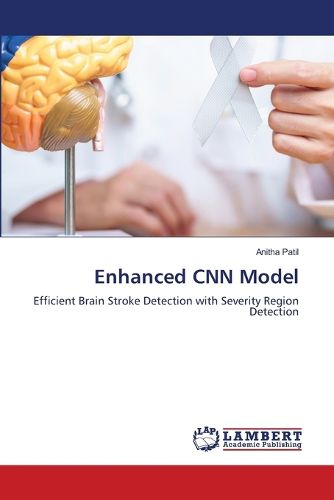Readings Newsletter
Become a Readings Member to make your shopping experience even easier.
Sign in or sign up for free!
You’re not far away from qualifying for FREE standard shipping within Australia
You’ve qualified for FREE standard shipping within Australia
The cart is loading…






This title is printed to order. This book may have been self-published. If so, we cannot guarantee the quality of the content. In the main most books will have gone through the editing process however some may not. We therefore suggest that you be aware of this before ordering this book. If in doubt check either the author or publisher’s details as we are unable to accept any returns unless they are faulty. Please contact us if you have any questions.
Artificial Intelligence (AI) is becoming increasingly popular for solving real-world problems in today's era. Combining data science approaches with AI, including machine learning (ML) and deep learning (DL), has become an important interdisciplinary field that addresses solutions across various disciplines. One of the problems being considered in research is the efficient detection of brain strokes in healthcare. According to the World Health Organization (WHO), the incidence of brain strokes is rapidly increasing, leading to severe disabilities and fatalities worldwide. Preventing brain strokes has become a challenging problem for healthcare professionals due to the numerous factors involved. Research into the use of AI for early detection of brain strokes has recently gained significant attention from academia and researchers. From the literature, it is evident that researchers employ both data- driven approaches and imaging technology-based methods. The literature has highlighted three critical problems in AI-enabled approaches for brain stroke detection.
$9.00 standard shipping within Australia
FREE standard shipping within Australia for orders over $100.00
Express & International shipping calculated at checkout
This title is printed to order. This book may have been self-published. If so, we cannot guarantee the quality of the content. In the main most books will have gone through the editing process however some may not. We therefore suggest that you be aware of this before ordering this book. If in doubt check either the author or publisher’s details as we are unable to accept any returns unless they are faulty. Please contact us if you have any questions.
Artificial Intelligence (AI) is becoming increasingly popular for solving real-world problems in today's era. Combining data science approaches with AI, including machine learning (ML) and deep learning (DL), has become an important interdisciplinary field that addresses solutions across various disciplines. One of the problems being considered in research is the efficient detection of brain strokes in healthcare. According to the World Health Organization (WHO), the incidence of brain strokes is rapidly increasing, leading to severe disabilities and fatalities worldwide. Preventing brain strokes has become a challenging problem for healthcare professionals due to the numerous factors involved. Research into the use of AI for early detection of brain strokes has recently gained significant attention from academia and researchers. From the literature, it is evident that researchers employ both data- driven approaches and imaging technology-based methods. The literature has highlighted three critical problems in AI-enabled approaches for brain stroke detection.